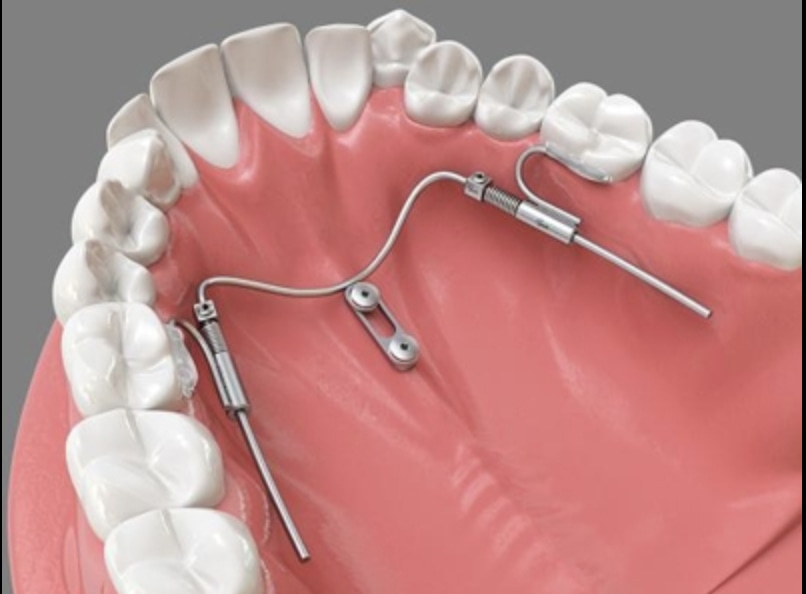
#Industry News
Achieving Balance and Harmony
Molar Distalization in Invisible Orthodontics
Molar distalization is an integral part of orthodontic treatment plans, offering solutions for various malocclusions. This article aims to explain the concept of molar distalization, its purpose, and the prerequisites that guide its utilization within orthodontic treatment.
What is Molar Distalization?
Molar distalization is a specialized orthodontic procedure designed to strategically move molars—those substantial rear-most teeth—toward the posterior region of the dental arch. The adjustment is intended to create space, rectify bite anomalies, and promote optimal alignment.
The Purpose of Molar Distalization: Achieving Dental Harmony
The core objective of molar distalization is to address specific malocclusions and create an environment conducive to comprehensive dental alignment. Key purposes include:
1. Space Creation: Molar distalization generates additional space within the dental arch, fostering the alignment of adjacent teeth. This newfound space is particularly beneficial for cases involving crowding or misalignment.
2. Bite Correction: For individuals with malocclusions, such as Class II occlusions characterized by an overjet (protrusion of upper teeth), molar distalization plays a pivotal role in harmonizing the bite relationship, leading to a more balanced occlusion.
3. Facial Aesthetics: Proper dental alignment contributes to improved facial aesthetics. Molar distalization aligns with the broader goal of enhancing not only dental function but also the overall appearance of the smile.
Does Molar Distalization Fit Everyone?
No. It’s imperative to ensure an adequate expanse of space within the posterior dental alveolar bone to initiate posterior movement of teeth. The spatial requirement exists in three dimensions. Sufficient room is necessary not only in terms of length but also in width to effectively accommodate the process of molar distalization. This is particularly important due to the relatively robust nature of molar roots, which may at times surpass the spatial confines of the available alveolar bone. Therefore, when considering a treatment plan for molar distalization, it is crucial to conduct a CT scan in advance to assess the bone density of the dental alveolar ridge. Frequently, creating space to facilitate molar movement is achieved by extracting wisdom teeth. This approach finds favor as the vacancy left by a freshly extracted tooth is in a phase of recovery, during which the dental alveolar bone has yet to mature fully, making it more conducive to facilitating molar adjustments.
Molar distalization signifies the evolution of orthodontics, which bridges the realms of science and aesthetics, promising not only functional enhancement but also the confidence that comes with a perfectly aligned smile.
If you are interested in our products and services, please feel free to contact us via email at info@clickalign.com or WhatsApp +86 15001148419.






